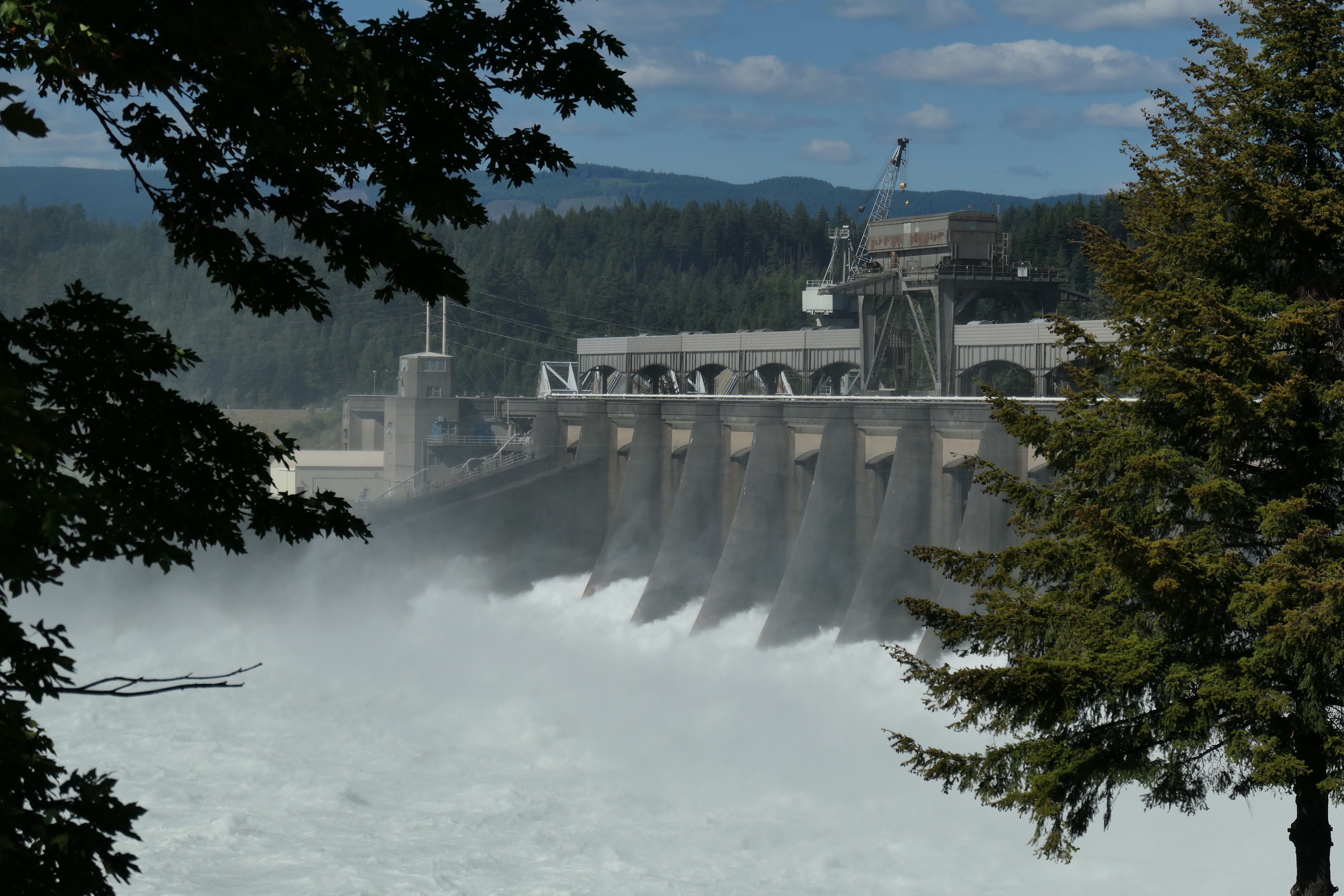I have been thinking a lot about the Columbia river in the context of writing about the Maryhill art project of wood prints representing different sections of the Gorge.

One of the paramount issues around the river has to do with the erection of dams – who do they serve, what do they accomplish and what is the cost to both, population and nature. And if and when they should be taken down.
Here is an in-depth, thoroughly researched and argued article on the issues, that was published this week in the Seattle Times. It spells out in great detail the questions of politics, ecology, historical goals and concerns (a sell-out of Native American culture and tribal rights included), and those of the future, a future defined by climate change and new laws that try to restrict fossil fuel expenditures. And, of course, economics. Selling electricity as far South as California. Really a worthwhile read if you are devoted to the North West and thinking about how we an be better stewards to the environment.



The Bonneville Power Administration was founded in the 1930s as a governmental effort to rebuilt after the devastating crisis of capitalism and to stimulate economic development. The construction of the dams provided jobs for large number of peoples, and guaranteed cost-based energy prices (which was seen as an intervention in the market place akin to socialism….)Rarely was it mentioned that the power generated by the dams was harnessed for aluminum production – an ingredient desired for WW II fighter planes and plutonium reactors at the Hanford site in WA.

All in all there are 31 federal dams in the region and they have one thing in common: The Bonneville Power Act, signed by Roosevelt; it negatively affected the Native American Populations whose culture had developed around the Columbia River. In addition to delegating different tasks to different groups, the Act also gave the facility administrator (under the control of the United States Department of Energy) the authority to take any steps necessary to complete the dam and ensure its efficiency, “by purchase, lease, condemnation, or donation” (United States BPA, 32). The decisions regarding the disposal of personal property rested solely on the judgement of the dam’s administrator. This clause of the Act made the destruction of forty traditional Indian fishing sites as well as homes and towns possible. (Source here) And the dams killed the fish, precursor to other ecological disasters.



The devastation to fish runs was lasting and eventually acknowledged; a Bill required the BPA to invest heavily in fish restoration, which has not worked enough for the wild life to be lifted out of the Endangered Species Act. It did, however, seriously contribute to accumulate debt (the other burden being repair and replacement of all the equipment that has long overstayed its design lifetime.)

The BPA now runs about $15 billion in debt, and increased cost for the consumer (our rates have increased by 30%), or decreased investment in fish health, (which undermines treaties with the Native American tribes) is not going to make much of a difference – and the BPA’s contracts with energy consumers runs out in 2028. Altogether a dire picture, even before you take climate change into account.



Here is the 1949 BPA public opinion piece with music by Woody Guthrie in 2 parts.







Sara Lee
Yet another – how many thousands might one find? – illuminating example of the “unintended consequences” phenomenon. Or would “heedless of the known consequences” be a more accurate description of what occurred in the cases you describe?
Carl
Thanks for this! Although hydro power has its drawbacks, we do have much lower electricity rates than most of the country. Trump (and GOP) plans to privatize BPA would also be much worse — on rates and the environment.
alice meyer
And then, too, there is the story of Native Americans who lived on dam sites losing their fishing sites as well as their homes, yet to be fully restored.